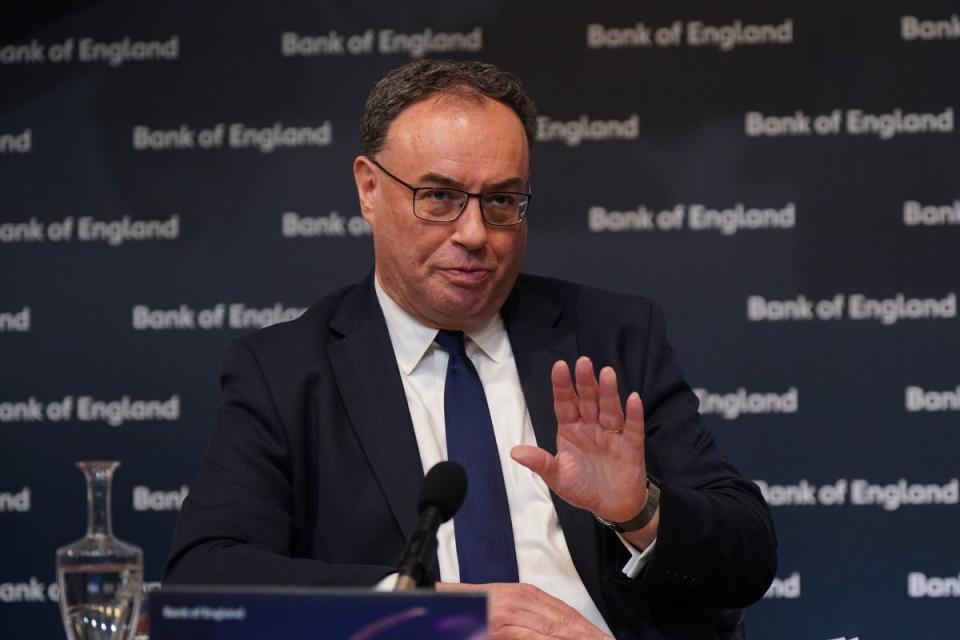OPINION - ‘Britcoin’ may be the Bank’s hedge against big tech

Why is the Bank of England designing its own digital currency? Judging by the little they appear to be investing in what is being dubbed Britcoin, one of the more compelling reasons is that the Bank fears big tech and digital currencies could be behind the next financial meltdown — and they want to kill that possibility stone dead.
To recap, ‘Britcoin’, plans for which the Bank announced yesterday, would have a value identical to sterling and could be used on smartphones to make online purchases. Recent events in the world of stablecoins — cryptocurrency’s more boring cousin, whose value is pegged to real assets — shed some light on their decision.
May 2022 saw the collapse of a stablecoin called Terra, which had been designed to be pegged to the dollar. But Terra’s algorithms were failing to keep pace with the dollar, valuing the coin at 95 cents. Alarmed investors quickly pulled out, and in short order the stablecoin became worthless, down from a peak market capitalisation of $18 billion.
Suppose years from now a bigger, sexier version of Terra comes along — call it Terrific — and pegs itself to the pound. Before long, everyone gets into using Terrific, adopting it as their main means of buying goods and services online, incentivised by retailers attracted to its lower transaction fees. Suddenly Terrific is worth hundreds of billions of pounds. But then it suffers the same fate as Terra — some algorithmic cog in the machine breaks loose and the whole thing comes crashing down. An event on that scale could send shockwaves through our real currency, sterling.
This may be a rather far-fetched scenario but it could be why the Bank wants to muscle in with its own digital currency. A future world in which our main means of payment is run as a closed system by a big tech firm, which resembles the pound but which the Bank of England has no control over, could prove disastrous. But if the Bank is serious about its plans for Britcoin, it is not putting its money where its mouth is. The Treasury recently put out a job ad for a new Head of Central Bank Digital Currency, offering to pay the princely sum of £61,260 — hardly the kind of dosh that would lure someone away from a career at Goldman Sachs.

 Yahoo Finance
Yahoo Finance 